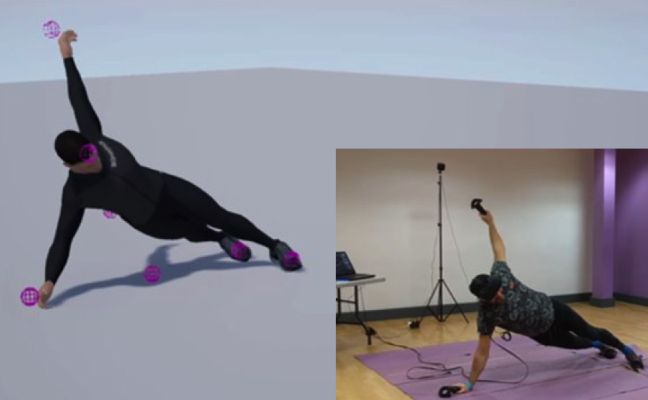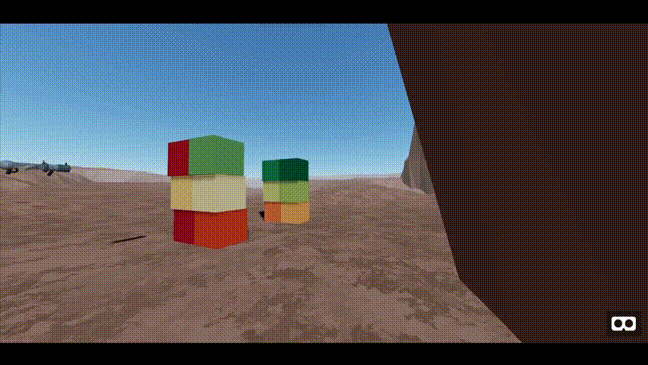Home / IT & Computer Science / Digital Media / Construct a Virtual Reality Experience / The 4 pillars of virtual worlds

Reach your personal and professional goals
Unlock access to hundreds of expert online courses and degrees from top universities and educators to gain accredited qualifications and professional CV-building certificates.
Join over 18 million learners to launch, switch or build upon your career, all at your own pace, across a wide range of topic areas.


 Figure 1: Sensing the user’s position and intent to enhance the experience in the virtual world (adapted from:
Figure 1: Sensing the user’s position and intent to enhance the experience in the virtual world (adapted from:  Figure 2: Immersion with coarse GPS details
Figure 2: Immersion with coarse GPS details
 Figure 3: Show objects with the violation of the laws of physics during immersion
Figure 3: Show objects with the violation of the laws of physics during immersion
 Figure 4: Anthropomorphic entities exhibiting intelligent behaviour (adapted from:
Figure 4: Anthropomorphic entities exhibiting intelligent behaviour (adapted from:  Figure 5: Images of input systems and interaction
Figure 5: Images of input systems and interaction Figure 6: User experiencing a virtual world design and interaction
Figure 6: User experiencing a virtual world design and interaction






